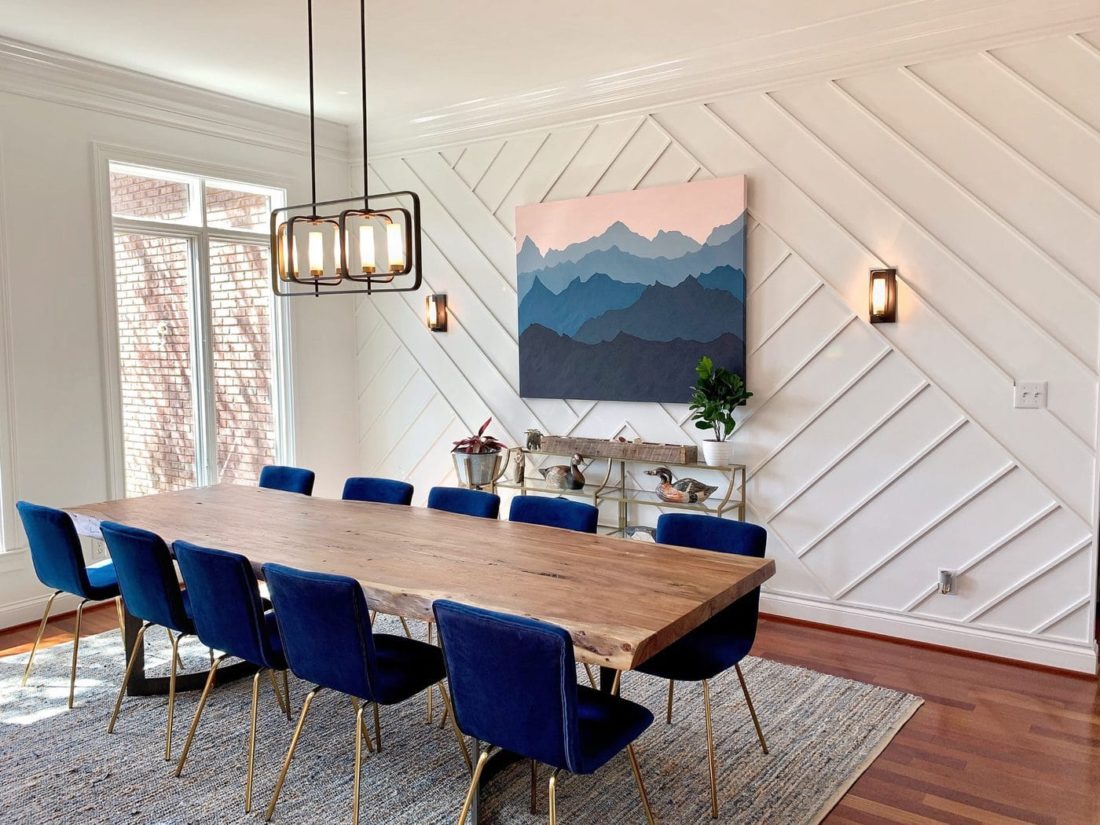
Have you ever been in a meeting when the conclusion of a business/customer insights problem ends with someone saying “We should do focus groups”?
Everyone else nods their heads in agreement. And then they turn to you. Because you’re the marketing/insights/supposed-to-know person.
You may start to perspire or feel some heart palpitations.
Where do you even start?
If you’ve ever been in that situation (or anticipate being in this situation), relax. Follow our step-by-step guide below for what to do in case you’re ever asked to do focus groups.
Step 1: Figure out if you really should do focus groups
Focus groups are an amazing qualitative research technique that help you figure out the how’s and why’s behind human choices. For example, why do certain ads resonate over other ads? Why do consumers prefer X product over Y? How do people make decisions when it comes to (fill in the blank)?
However, focus groups are not a one-size-fits-all solution for all market research problems.
In fact, there are a plethora of other market research techniques, like in-depth interviews, ethnographic research, and social listening research that may be more appropriate for your particular research questions.
But, if you’re trying to solve anything that involves:
- A decision that is typically influenced by group behavior (B2B purchases of software, household decisions on products that many will use, reactions to commercials, etc.)
- Early brainstorming: For example, brand identity questions, logo designs, or new product ideation
- Social issues, such as perceptions of political leaders/issues, social movements, organizational changes, etc.
- Specific demographic topics (e.g., discussing perceptions of birth control with Gen Z females)
Then focus groups, are indeed, a great technique to help give you insights. (And if you’re not sure, ask us!)
Step 2: Define your audience
If you’ve gone through the above checklist and concluded that yes, focus groups would indeed be the best qualitative technique, your next step is to define your audience. Namely, who should the focus groups include? Defining this first will help you write a brief for the research agency.
Likely, your company has a pretty clear idea on who your core consumer, or personas, are. But are you trying to attract new audiences? Do you want to hear from a minority/outlier population who may use your product/service? Are you launching something new and want to go after a new demographic? Likely, you’ll have multiple audiences. And that’s great. But just define those segments first.
Step 3: Find a research agency
Focus groups may seem like fun, but for so many reasons (SO MANY REASONS) you should not try to conduct focus groups in-house. For one, one of the main goals of research is to get outsider perspectives and to help your company get past corporate myopia. If someone internally is asking the questions, their biases and filters are there.
Secondly, focus groups are actually quite complex to put together: from a logistics standpoint, to the variety of skills needed (moderating takes years to perfect and guided coaching), and to the sheer amount of time required to analyze the findings and synthesize hundreds of pages of transcripts into an actionable report.
So hire a research agency.
Look for a research agency that has experience in your product/service area. Then, contact them and go over your research issue and audience segments. They should be able to guide you from there, with the end result being a detailed proposal that breaks down pricing, the timeline, and deliverable. Make sure to ask for references, before you pull the trigger.
Step 4: Expect to wait 6-8 weeks for results
Focus groups are not an instant thing that can happen one week from now. A typical timeline looks like this:
- 1 week: Kickoff meeting to discuss project goals and for agency to put together logistics
- 2 weeks: Recruiting participants and writing discussion guide for groups, lining up venues
- 1-3 weeks: Focus groups take place. Typically they are held in multiple cities, and depending on the number of segments, you could have anywhere from 6-16 groups.
- 2 weeks: Report writing
Total time: 6-8 weeks
However, while the groups are taking place, you will get insights and topline findings from the agency as the research is being conducted.
See, not so hard?
Don’t be intimidated if your company leans on you to head the “focus group project.” Follow the above steps, and leave the bulk of the work to your market research company.
